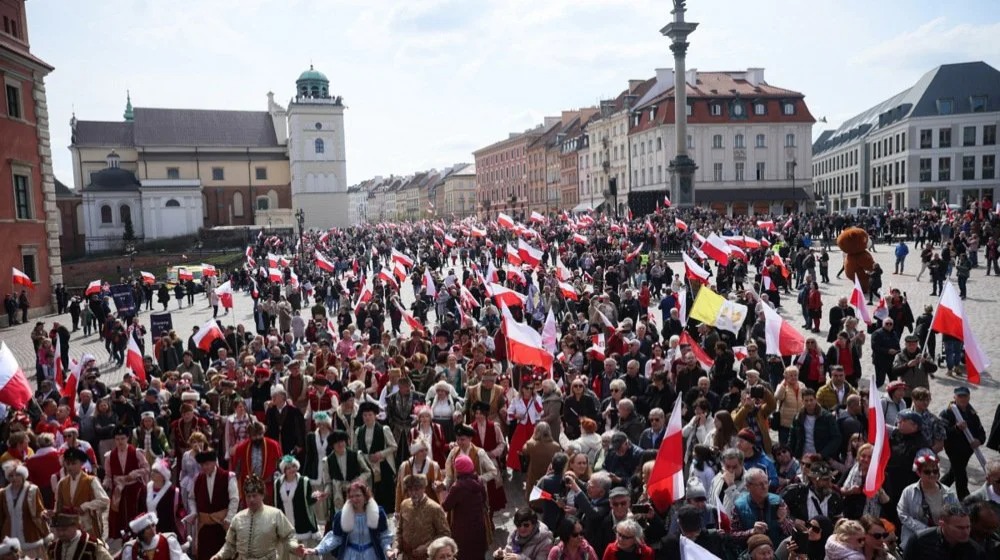
Germany hit by incredible price hikes: Prices of two food items increased the most
The reasons for these price increases are primarily climate change.
In March, German consumers had to pay 16.7 percent more for chocolate than in the same month last year, according to the German Federal Statistical Office.
The most significant price increase was recorded for chocolate (+25 percent).
However, prices for other chocolate products also rose noticeably (+11.1 percent), reports Deutsche Welle.
“In contrast, there was an uneven development in the prices of confectionery and pastry products,” the statisticians revealed. These products became 3.1 percent more expensive in March overall. This primarily refers to the prices of pralines and boxed chocolates. On the other hand, there was a slight decrease in the prices of chewing gum, gummy candies, and similar products. By comparison, food prices as a whole rose by three percent during the same period, according to Poslovni Dnevnik.
Mid-term comparisons also clearly show that last year, chocolate was 40 percent more expensive than in 2020. Classic chocolate became 32 percent more expensive, while other chocolate products saw a price increase of as much as 46 percent. Prices of sweets in general rose by 29 percent during that mid-term period, and eggs by as much as 38.5 percent. Over those four years, food prices overall increased by 33 percent.
The reasons for these price increases are primarily climate change. Poor harvests have affected cocoa prices in recent years. Periods of drought alternate with heavy rainfall, especially in the agricultural regions of West Africa. Cocoa trees are increasingly susceptible to pest infestations, which thrive and spread rapidly under such weather conditions.
Earlier this week, the West African country Ivory Coast, the world’s largest cocoa producer, warned of the risk of crop failure due to excessive rainfall. The harvest season in that country lasts from April to September. Forecasts indicate a risk of heavy rains, which threaten not only the quantity of crops but also the quality. This, in turn, means another price increase on the global market.





